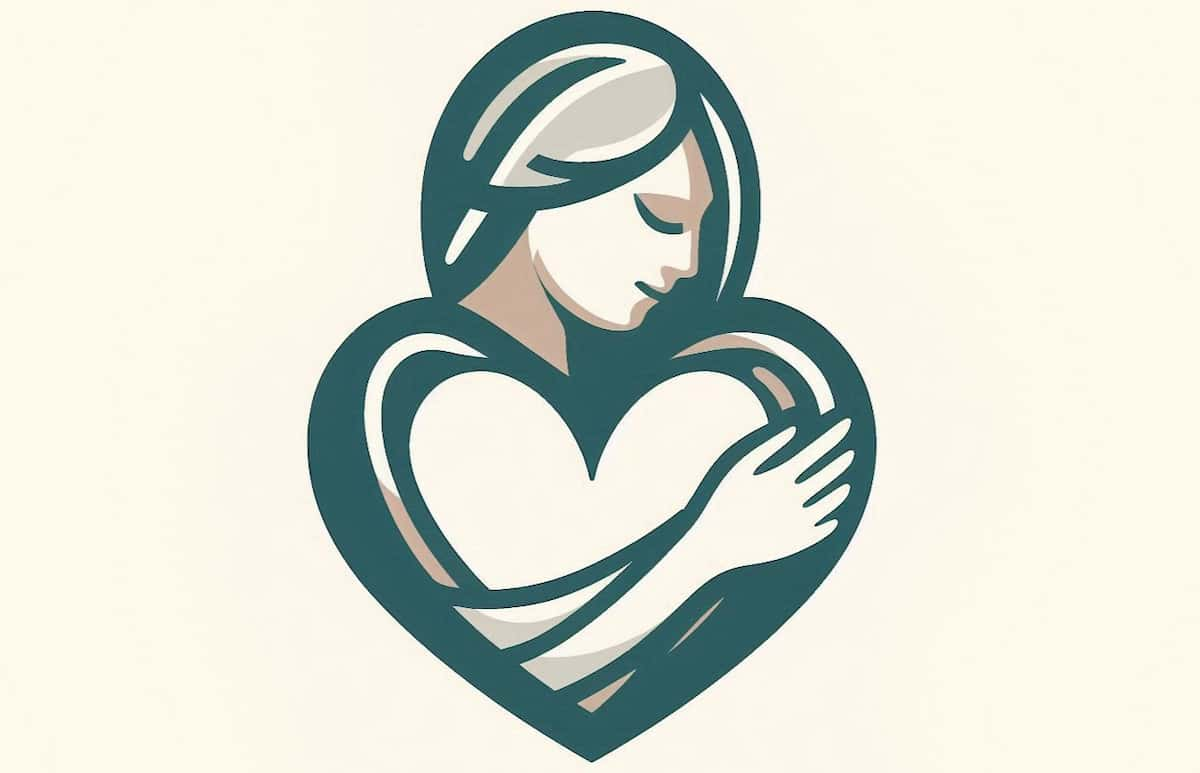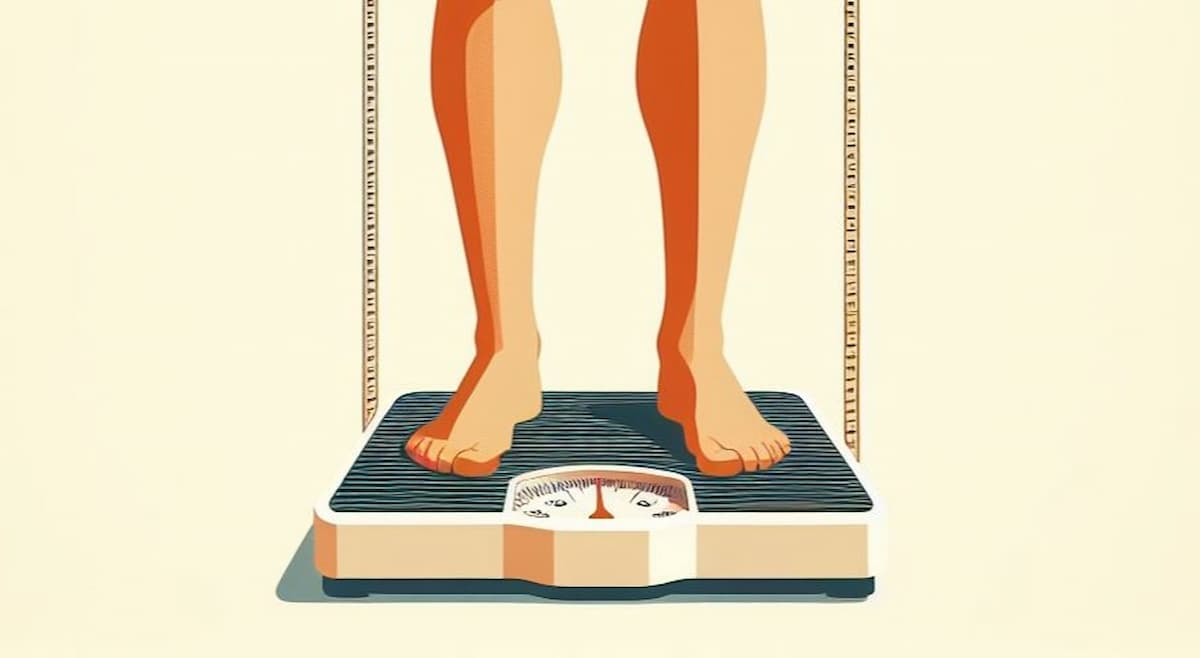Up to 50 percent of caregivers suffer mental health problems themselves in the struggle to help another.
Up to 50 percent of caregivers suffer mental health problems themselves in the struggle to help another.
Depression and anxiety do not just place a burden on the sufferer, but also those around them.
Carers for those suffering from mental health problems also feel great responsibility and suffer because of it.
Up to 50 percent of caregivers suffer mental health problems themselves in the struggle to help another.
Compassion is a skill
Research shows, though, that training in compassion can help carers deal with this responsibility, relieving their own depression and anxiety.
Compassion is a skill that involves turning towards other people’s pain.
Similarly, self-compassion involves thinking about the self with kindness, sympathy and compassion, without evaluating or judging the self.
The Danish study put 161 caregivers on an 8-week compassion training course.
Those they were caring for had a variety of mental health problems, including ADHD, depression and schizophrenia.
Ms Nanja Holland Hansen, the study’s first author, explained the results:
“After completing the course, the relatives had increased their well-being on several parameters.
They could deal with the illness in a new and more skillful way, and we saw that the training reduced their symptoms of depression, anxiety and stress.”
Facing suffering
Central to the training is learning to deal with pain and suffering without confrontation or avoidance.
Instead of trying to avoid the unpleasantness, it is important to look it in the face.
Ms Hansen said:
“The relatives learned that the more they turn towards what is difficult, the more skilful they may act.
For example, relatives often try to ‘fix’ the problem or the challenge – so as to relieve their loved ones of what is difficult.
That’s a huge pressure to constantly deal with, and very few people can bear it.”
Caregivers to those with mental illnesses face considerable burdens, Ms Hansen said:
“Fear and grief are emotions that take up a lot space for relatives of people with mental illness.
For example chronic fear, which is a real fear that parents of a child with schizophrenia have about whether their child is going to commit suicide, or whether a child with autism will ever enjoy a ‘normal life’.
Our suffering is maintained inside of us when we don’t work with it.
To avoid feeling pain, we may resort to behaviour such as working too much or buying things that we don’t need.
It’s therefore in all these everyday actions that our compassion training becomes important and can be used to help alleviate what is difficult.”
Loving kindness
The researchers helped people cultivate their loving kindness, training compassion for their own suffering, for others and for all sentient beings.
Caregivers also received training in ‘Tonglen’, which is Tibetan for ‘giving and taking’.
It is a type of meditation where you imagine taking other people’s suffering away and giving them all that is good in yourself.
The aim is to reduce selfishness and expand the sense of loving-kindness.
Ms Hansen said:
“Not a single person can completely avoid experiencing painful things in their life.
In this way we’re all the same.
But what isn’t the same for everyone is our ability to deal with the pain and suffering we experience.
Training programmes in compassion have been developed because the research shows that we can train and strengthen our mental health.
With systematic training of compassion, we generate more attention – and understanding of – our own thoughts, feelings and behaviour.
And this helps us to develop the tools and skills to engage in healthier relations with ourselves and others.”
→ Read on: how to support a depressed partner.
The study was published in the JAMA (Hansen et al., 2021).










